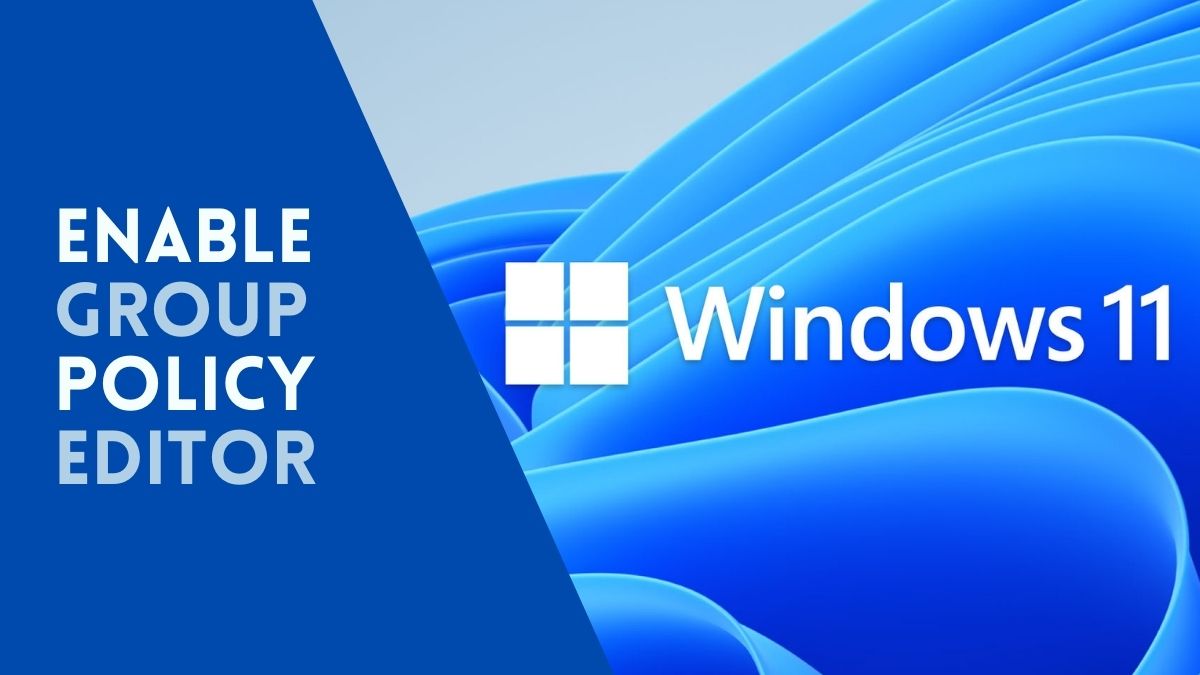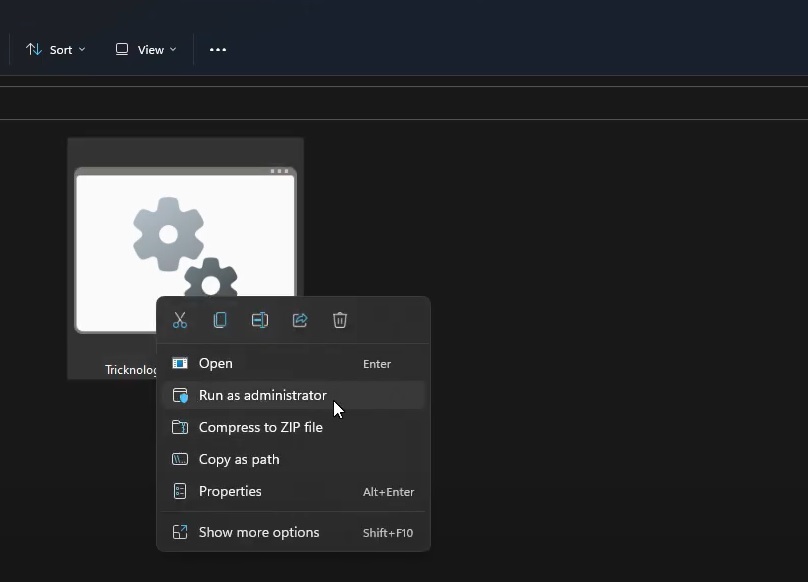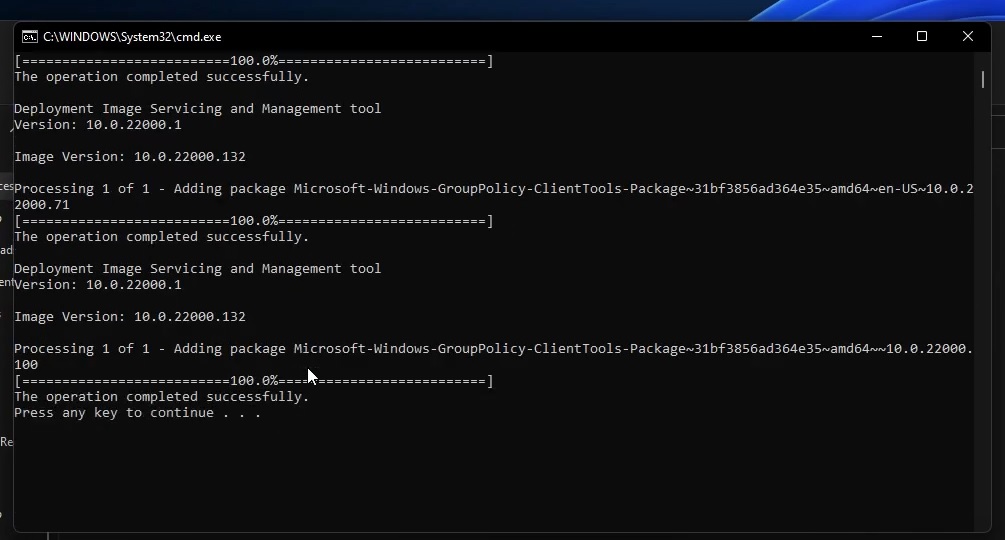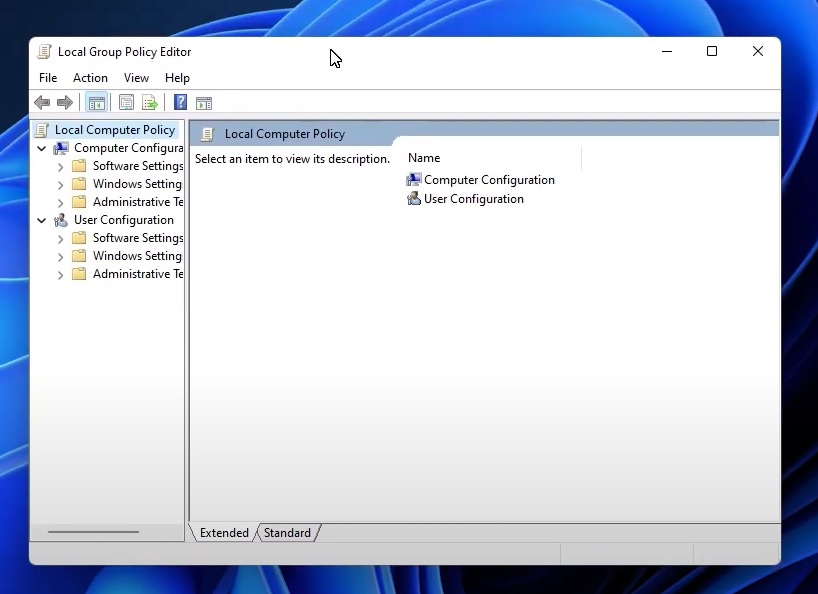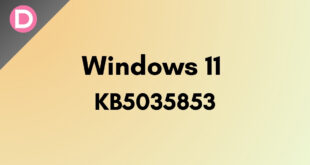The Group Policy Editor (Gpedit.msc) is a feature in Windows 11 (ISO). The functionalities must be manually enabled. It’s used to review, configure, and change Group Policy settings. Administrators use it to make system-level policy changes affecting all network users. An average user might utilize it similarly to make numerous tweaks and updates to their system. We all must be aware that Windows 11 comes in four different variants: Professional edition, home edition, student edition, and enterprise edition.
Can I use Group Policy Editor on Windows 11 Home?
No, the Windows 11 Home edition is standard on most PCs. It’s worth noting that Group Policy Editor (Gpedit.msc) isn’t included with Windows 11 Home Edition. Instead, Pro Edition is the only version of Windows that has GPE.
However, a workaround allows you to use the Group Policy Editor on Windows 11 Home Edition. In this post, we will guide you on enabling Group Policy Editor in Windows 11. Here is a step-by-step guide:
Steps to enable Gpedit.msc in Windows 11 Home
Step 1: First, download the gpedit-main zip file from GitHub.
Step 2: After downloading the file, extract the file anywhere you want.
Step 3: After extracting, right-click on the .bat file and run the file as administrator.
Step 4: As soon as you click on the run as administrator. The command prompt of Windows will be opened automatically, and it will install all the required extensions.
Step 5: After the CMD installs all the required extensions, it will show “The operation completed successfully.” You can now close the CMD.
Step 6: Now open the dialog box by pressing the Windows+R shortcut key, type gpedit.msc, and click OK.
Step 7: This will open the Group Policy Editor on your Windows 11 Laptop/PC, completing your responsibilities.
That’s the end of it. The procedures to enable the Group Policy Editor in Windows 11 Home Edition were as follows. You can now configure and modify the GPE in the way you like.
How do I see the commands inside the batch file?
So, this may be a general question from many of you regarding the commands of that batch file you ran. So, here are all the commands within the batch file (to double-check, right-click on the file > Show More Options > Edit).
The file will now open in Notepad, allowing you to examine its contents:
@echo off pushd “%~dp0″dir /b %SystemRoot%\servicing\Packages\Microsoft-Windows-GroupPolicy-ClientExtensions-Package~3*.mum >List.txt dir /b %SystemRoot%\servicing\Packages\Microsoft-Windows-GroupPolicy-ClientTools-Package~3*.mum >>List.txtfor /f %%i in (‘findstr /i . List.txt 2^>nul’) do dism /online /norestart /add-package:”%SystemRoot%\servicing\Packages\%%i” pause
